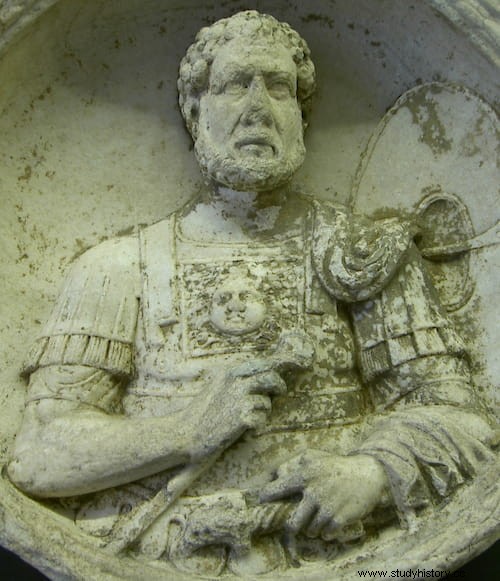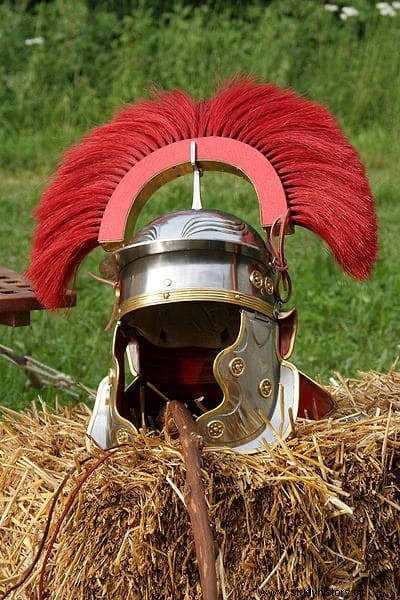The youngest will probably never have heard of it, but their parents or grandparents will surely remember how in their childhood the teacher constantly wielded a wooden stick, whose mere presence served as a deterrent when talking in the classroom or doing some mischief .
It was not something new or modern. It actually had a very ancient origin and can be traced back to the vitis (staff or cane), the rod that gave the Roman centurions their authority, and with which they exercised it effectively over their subordinates.

It was a stick of vine wood about a meter long, which was used in both the Roman army and navy. Wearing it distinguished centurions and some higher ranks, such as the evocati , who used it as an instrument of direction in the investigation and as a punitive element in case of need.
All centurions carried it on their right side, and it was, together with the cross-crested helmet (crista transversa ), the main sign of its rank. In addition, they carried the sword on the left side, unlike the legionnaires, with the pugio on the right.

Getting hit with the vitis it was not a cause for shame, on the contrary, it was the only way in which a Roman citizen could be punished, and in that sense it was respectable.
Tacitus in his Annals speaks of a centurion named Lucilius whom his legionnaires nicknamed cedo alteram (give me another or come on, another one ) because of his tendency to break the vitis upon them in repeated fits of fury. He would be one of the first to lose his life (at the hands of his subordinates) during the great Illyrian revolt in AD 6, when the Dalmatians and Pannonians rebelled. 
According to C.E. Brand, the centurion's disciplinary authority and his use of the vitis to enforce it was based on customary law which was firmly entrenched in the legionary organization . The 1st century BC writer and politician Gaius Licinius Macro gives an account of the authority centurions had over legionnaires:

The rod usually appears in sculptural representations and reliefs of centurions, mainly in tombs from the 1st to 4th centuries AD, since it indicates the status of the person represented. Thanks to this, it is known that its form was varied, and that it evolved over time.
In the early years of the Empire it was a straight stick, like a cane, with a rounded top. This part gradually increased in size until, in times of the Byzantine Empire, it had the shape of a mushroom. A stela has even been found in which the end of the vitis It is shaped like an Egyptian lotus flower. Sometimes it could have knots, more or less thick, and a sinuous shape instead of straight.
The vitis It would evolve into a kind of mace during the Middle Ages, until reaching the current Officer's staff present in many armies of the world, consisting of a short stick more similar to a whip than to a cane carried by some officers. Perhaps one of the most notable cases of use would be that of General Patton, who used one during World War II, but with the peculiarity of carrying a hidden rapier inside.
